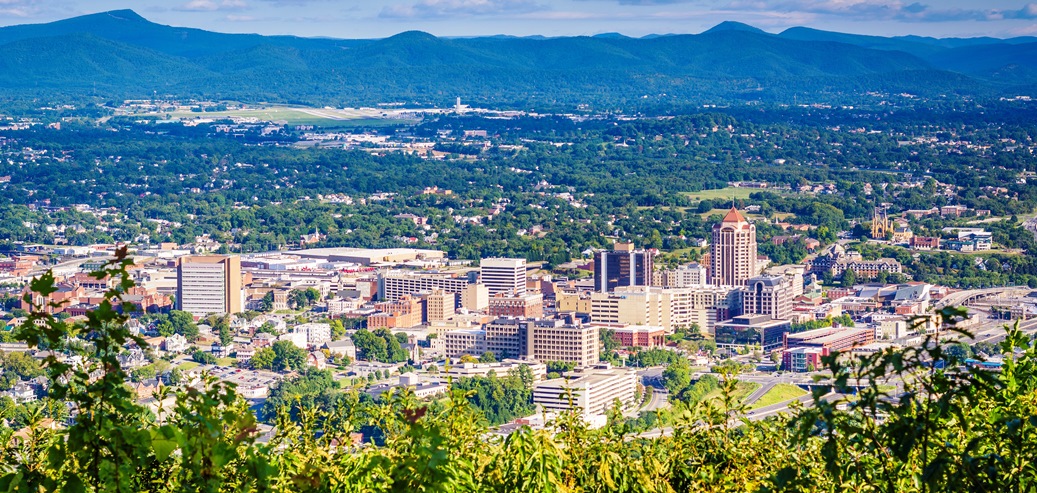At the end of October, 2017, a blue Amtrak train pulled into downtown Roanoke, Virginia to the sound of applause. This was a big moment. For the first time in nearly 40 years, a passenger train was rolling into this city, which was founded on railroads.
The last time Amtrak carried passengers here, in 1979, Roanoke was a different city. Then, the so-called Star City at the eastern gateway to central Appalachia was a blue-collar New South city built around the Norfolk & Western railroad. The city core was decaying as businesses and residents moved outward to suburbs and adjacent counties.
But in 2017, Roanoke is transformed. Amtrak is returning to a city that’s no longer dependent on the railroad. Meanwhile, the Star City has become what so many cities of its size, geography, and history want to be.
It’s burgeoning, chock full of craft beer, and eminently welcoming to outdoorsy Millennials. As small cities struggle to retain young people, Roanoke is attracting them. The city has gained 25- to 34-year-olds for some time, and now, after three decades of losing 15- to 24-year-olds, it’s gaining them, too: that cohort grew 7 percent between 2010 and 2015.
The key to its revitalization success—as we’ve seen in many REVITALIZATION stories—was restoring housing in its deserted downtown. Downtown businesses are key to a thriving downtown, but downtown residents are the key to thriving downtown businesses.

